Marigolds are pretty, but part of the reason they’re so popular is because they offer up their sunny blossoms week after week without much – if any – input from you.
You can set them in the ground and go about your life, for the most part, and they’ll still be out there doing their thing.
Unless, of course, they aren’t.
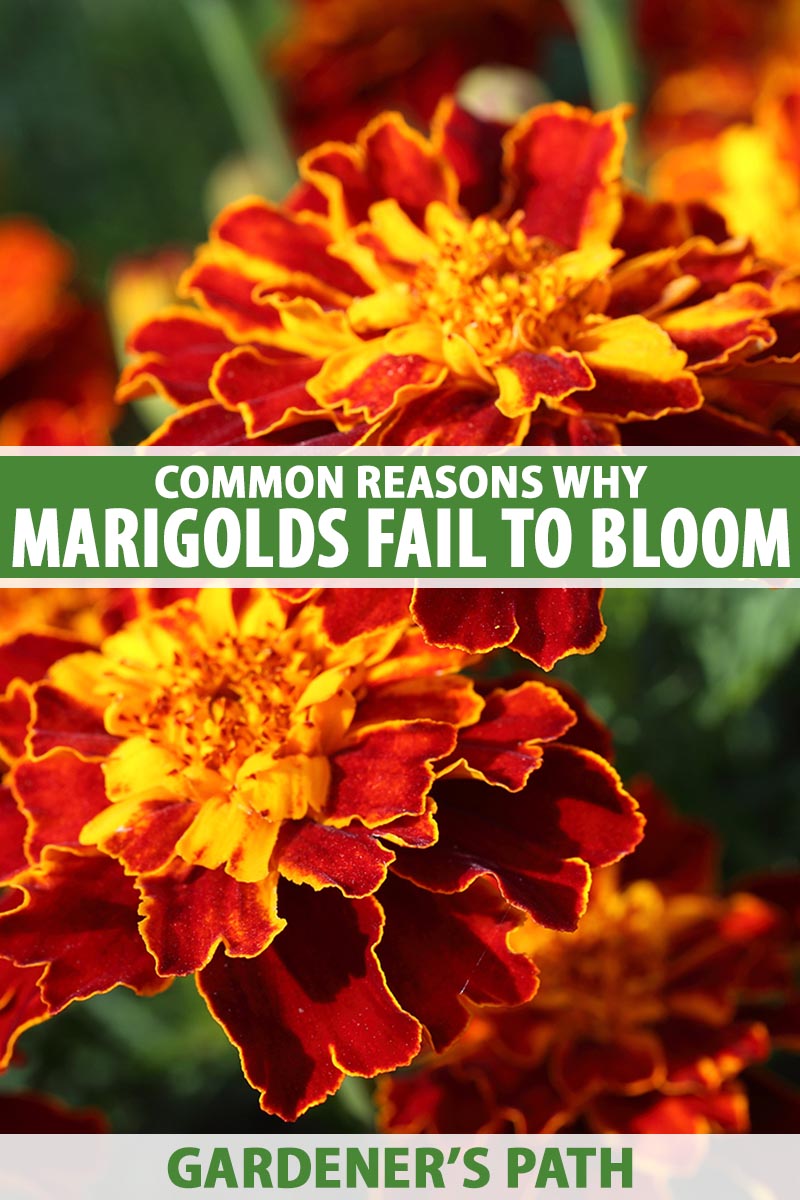
We link to vendors to help you find relevant products. If you buy from one of our links, we may earn a commission.
Maybe you set your new seedlings out in the garden and they never developed the flowers you so eagerly expected.
Or perhaps your plants were blooming away but now they’ve stopped. Whatever the circumstance, your Tagetes just aren’t blooming.
Fear not, my fellow marigold lovers. Your plants want to bloom. They just need a little extra support.
To help you figure out what the problem is and how to solve it, here’s what we’ll go over, up ahead:
Why Marigolds Fail to Bloom
For the most part, marigolds are marvelously resistant to pests and diseases.
They can even handle poor soil and some drought. But sometimes even marigolds are overwhelmed to the point where they can’t produce a floral display.
Here are the most common causes and what to do about them:
1. Disease
Powdery mildew is just about the only disease that comes calling on marigolds with any regularity. Most of the time it won’t reduce blossoming, but a bad enough infection might.
If you look closely at the leaves, you’ll notice yellowing leaves and gray or white mold.
If a majority of the foliage is coated in mildew, it’s reasonable to assume that this is what’s causing the lack of flowers. Read up on identifying and dealing with powdery mildew in our guide.
2. Heat
During the hottest days of summer, French (Tagetes patula) and signet marigolds (T. tenuifolia) will sometimes stop blooming.
They’ll resume once the temperatures drop a little. African types (T. erecta) can tolerate more heat and usually continue blooming all summer long.
If you’re having a particularly hot spell in your area, you can try offering more water, adding mulch, or covering the plants with shade cloth during the hottest parts of the day to help keep the plants in bloom.
If you don’t want to go to all that trouble, just be patient. Your flowers will return when the weather cools.
3. Lack of Deadheading
You don’t have to deadhead marigolds, and they’ll keep blooming whether you do this common task or not. But if you don’t deadhead, blooming might slow down toward the end of the season.
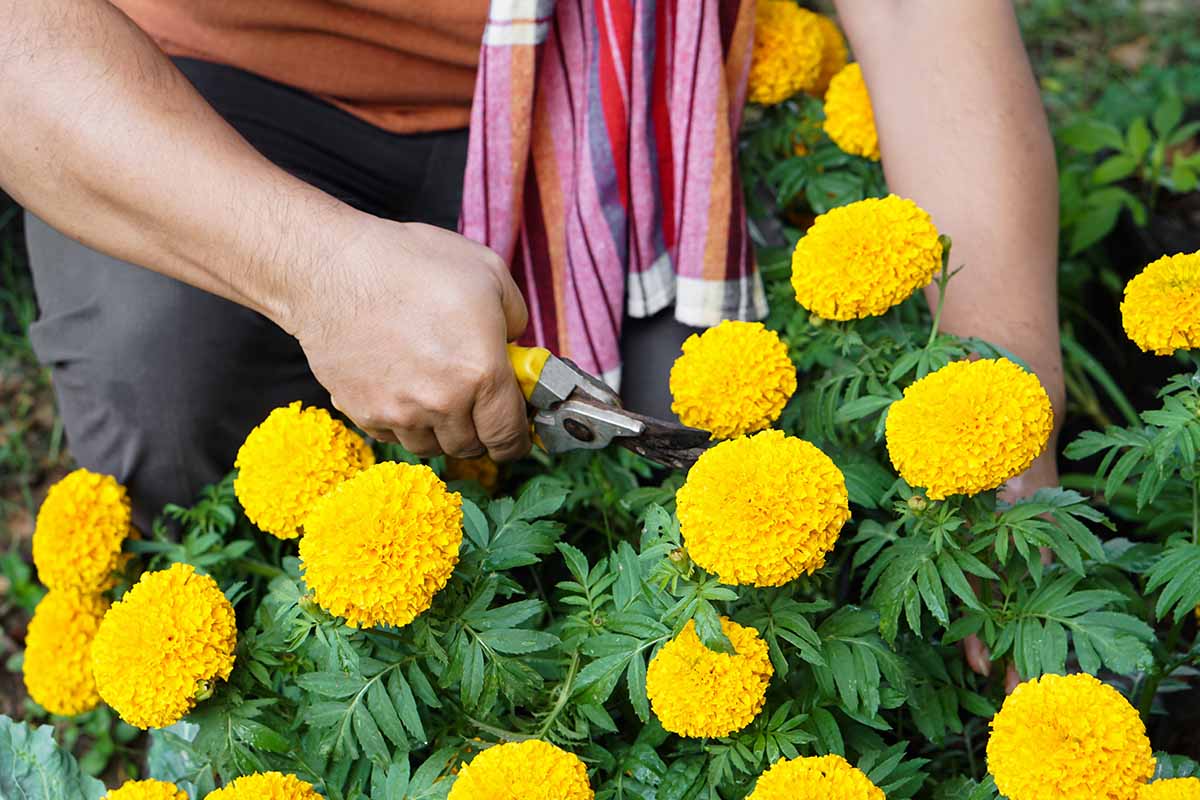
If it’s late summer and your plants just aren’t blossoming like they used to, get out there and deadhead. It might give you a second flush.
4. Not Enough Sunlight
Marigolds can’t get enough sunlight. All-day sun, from morning to evening, and they’re perfectly happy.
Don’t be tempted to place them somewhere shady.
While a little bit won’t hurt, anything less than six hours of sun and you probably won’t see flowers. If you do, they’ll be dramatically smaller and you’ll have fewer than you would otherwise.
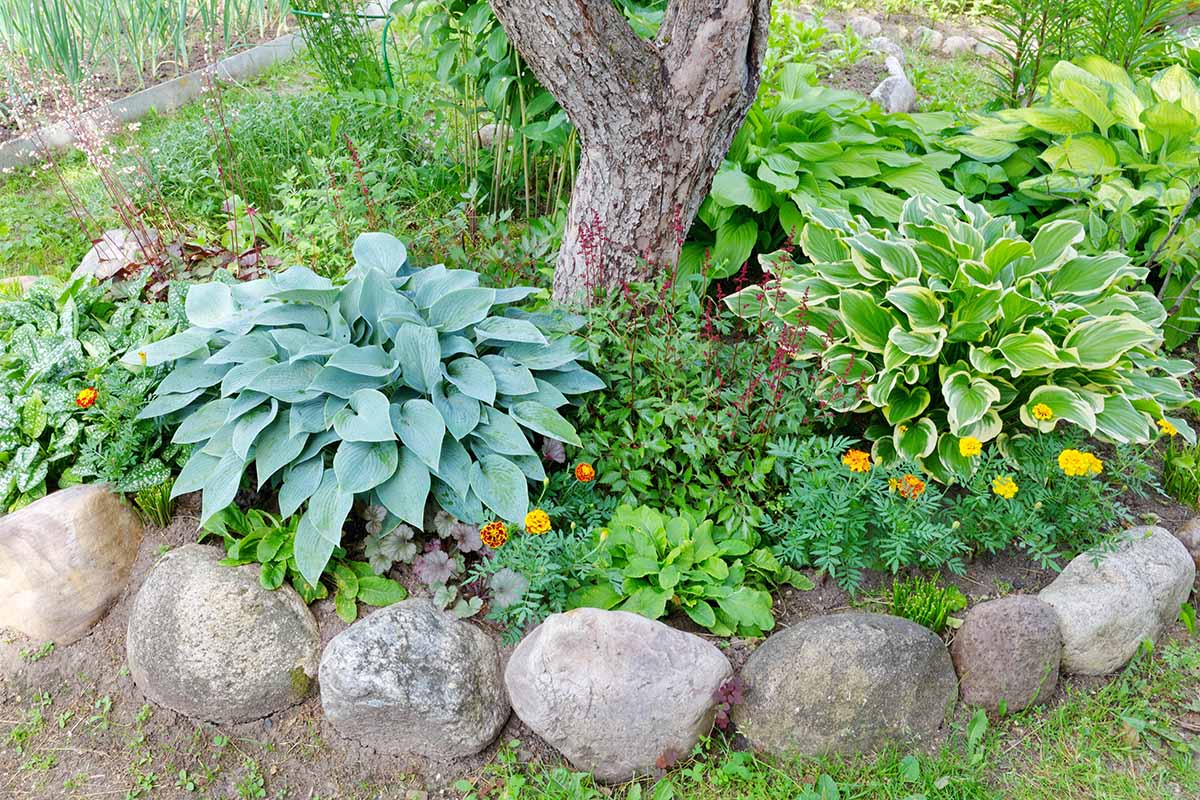
It’s worth noting that if you placed your marigolds in the perfect sunny spot in the spring, the conditions might have changed over time.
Maybe a tree leafed out that hadn’t been in all its full-foliaged glory when you planted. Or a fast-growing vine wound its way around a nearby fence and blocked some light.
Take a day to observe your plants and see how much sun they’re actually receiving.
If marigolds in one section of the garden are blooming well but nearby ones are not, this is a good indicator that light exposure is the issue.
You may find that you either need to move them – which is no problem, they don’t mind being transplanted – or you might need to do some pruning.
5. Pests
While pests are rarely a serious problem, both aphids and spider mites can injure the plants enough that they’ll stop blooming, or any blossoms that do appear will be sadly small.
Look for tell-tale webbing, or ants, and look a little more closely for the little pests themselves.
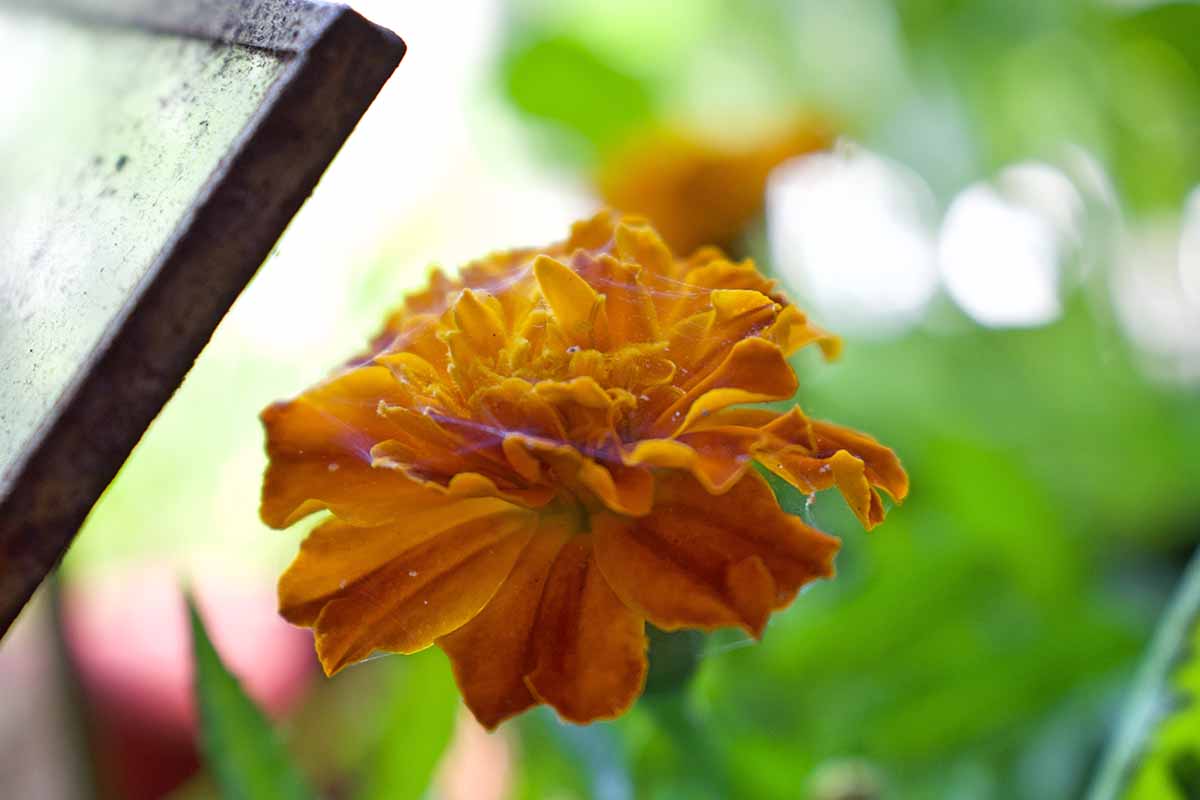
If you see webbing or the tiny arachnids that make it, pop over to our guide to dealing with spider mites for some tips on getting rid of them.
On the other hand, if you see ants, a sticky substance called honeydew, or small, oval-shaped insects on the stems and undersides of the leaves, check out our guide to aphids.
6. Timing
Generally, marigolds bloom from late spring until fall, so if you aren’t seeing blooms during this time it’s easy to assume that you should be. But keep in mind that not all species bloom for this long.
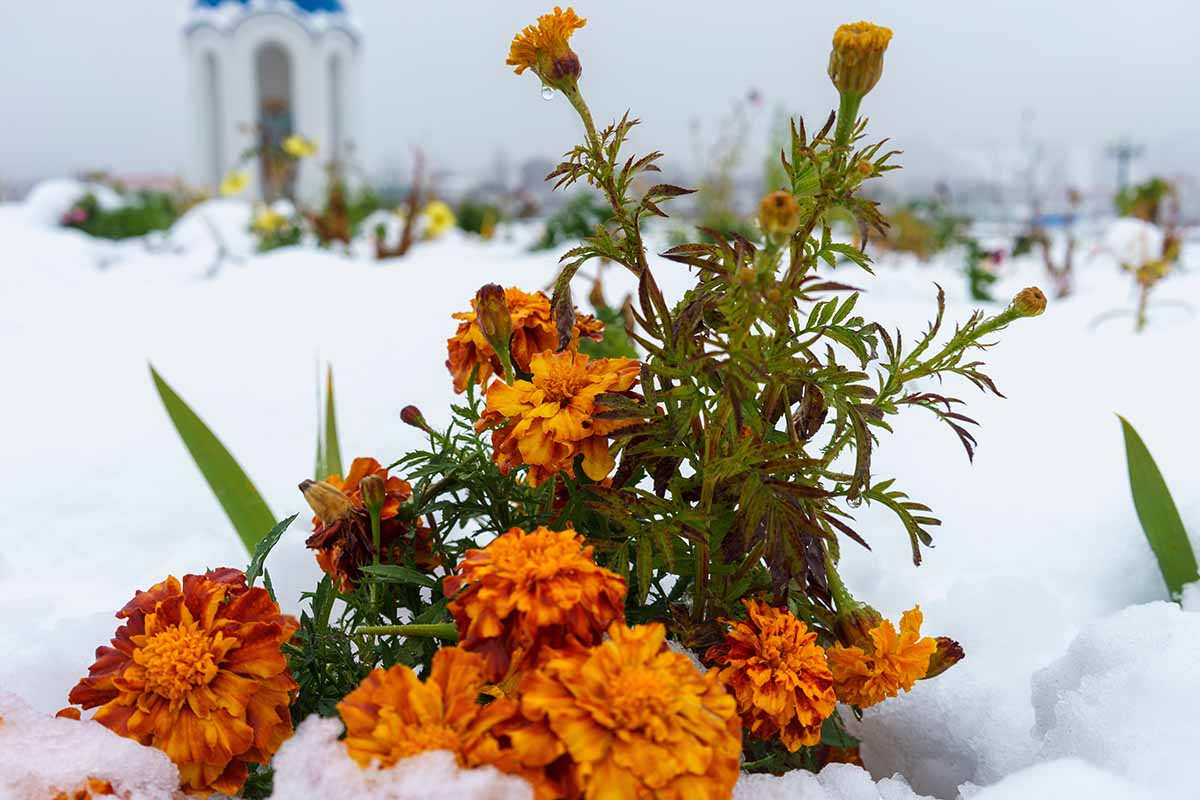
African marigolds start later in the season, while signet and French types can be expected to start blooming about eight weeks after you plant the seeds.
If you planted transplants, they should start blooming just as soon as temperatures start to increase. If you have a particularly cool spring, expect the blossoms to be delayed.
Your plants will stop blooming once the first frost arrives.
7. Too Much Fertilizer
It’s pretty rare that a marigold stops flowering because it doesn’t have enough nutrients in the soil. More common is a well-meaning gardener who provides too much food, particularly nitrogen.
If you opt to fertilize your plants, it’s never a bad idea to test your soil first to make sure you aren’t adding more than your plants need.
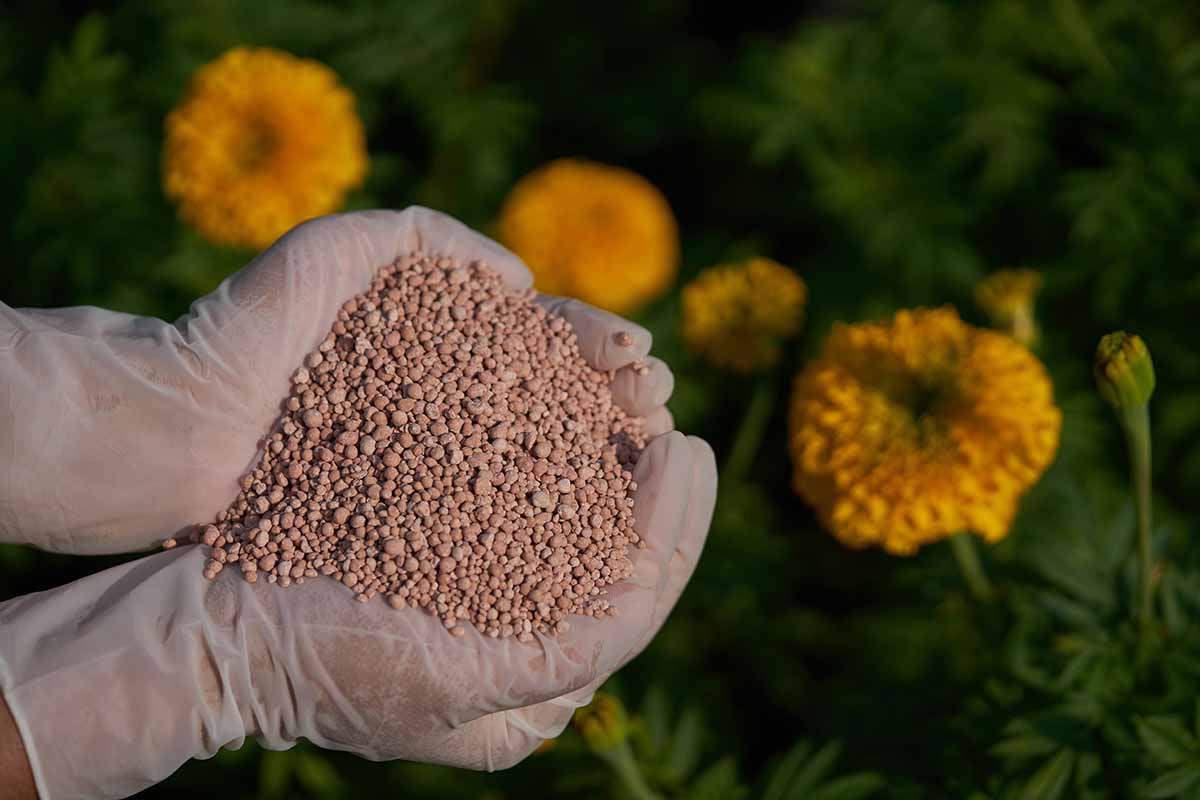
It’s a waste of time and money, and too much can actually harm your plants if your soil already has plenty of, say, nitrogen, and you go adding a bunch more.
If you’ve already been a bit gung-ho with the fertilizer, don’t fret. Just give the soil a nice, long, deep soak to try and flush out any excess that might be remaining, and hold off on feeding for the rest of the season.
8. Too Much Rain or Humidity
African marigolds might stop blooming or the existing flowers will close up and rot if you have a ton of rain or extremely high humidity.
They simply don’t like that much moisture and they’ll react negatively if they receive more than they prefer.

If you’ve had a bunch of rain or humidity, there isn’t much you can do to fix the situation except wait for Mother Nature to chill out a little. In the meantime, prune away any blossoms that are moldy or rotten.
9. Watering
I’ve yet to see a marigold that stops blooming because of too little water, but I’ve definitely overwatered and caused my plants to falter.
That’s not to say that you can simply forgo watering your plants during serious heat and drought. But rather than stopping new blossoms from forming, this kind of lack of water will just kill the whole plant outright.
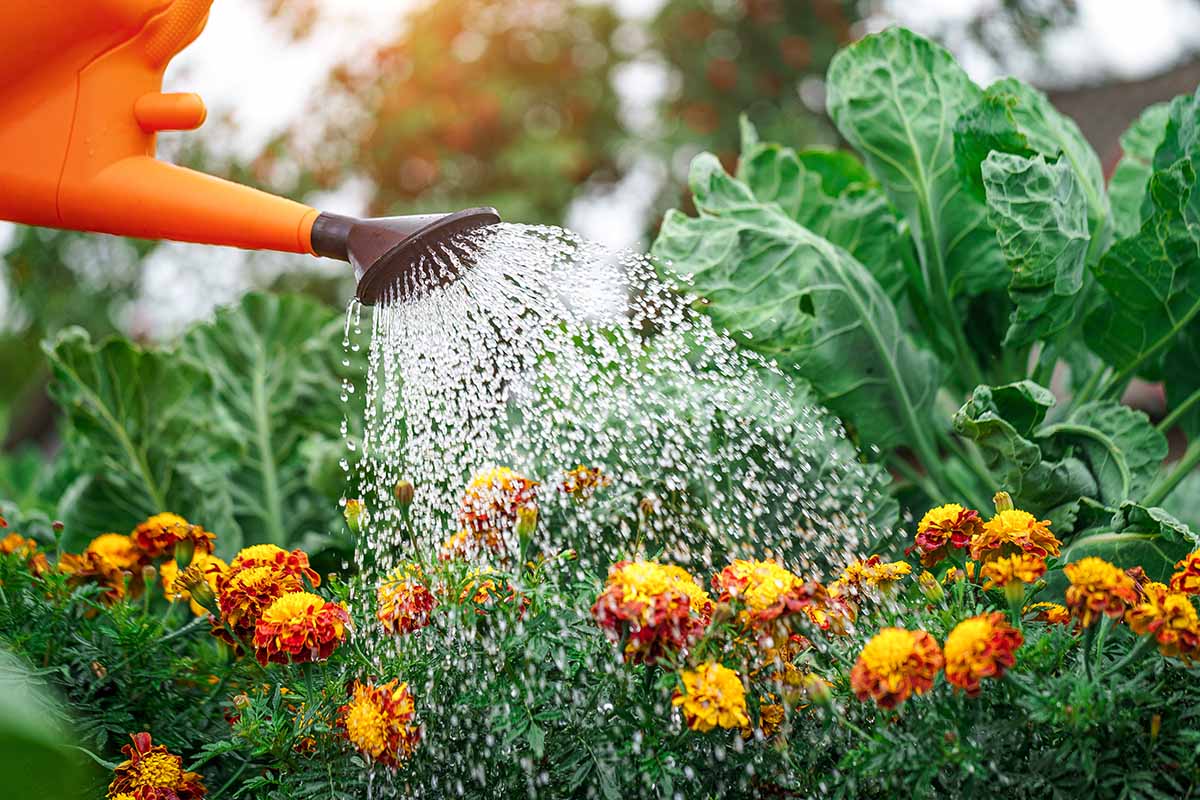
On the other hand, if you overwater, this may cause the roots to rot.
When this happens, the first sign is often a reduction of blooming, or the plant may stop producing flowers altogether. Later, the foliage starts drooping and the plant eventually collapses.
Root rot can be caused by drowning the roots with too much water or by the fungus Rhizoctonia solani or various fungi in the Pythium genus.
If your marigold is already collapsing, it’s too late to do anything about it. But if you are simply not seeing flowers and there is no other obvious cause, dig down next to the plant and look at the roots. Are they mushy and black? And is the soil wet?
If so, treat for root rot.
The first step is to stop watering until the soil is dry at least an inch deep. At the same time, treat the soil with a copper fungicide soak.
You can make a soak by using a copper fungicide concentrate. Mix it with water according to the manufacturer’s directions and water it into the soil. Do this every 10 days.
To pick up some copper fungicide from Bonide in a 16-ounce concentrate, head to Arbico Organics.
Welcome Back Those Marvelous Marigold Blossoms
Sometimes it’s tempting to give up on a plant that cost you mere pennies, but don’t write off marigolds that aren’t blooming. The same characteristics that make them so resilient and reliable also make them easy to heal.
Figure out what is causing the problem and apply the solution, and chances are you’ll be swimming in flowers in no time flat.
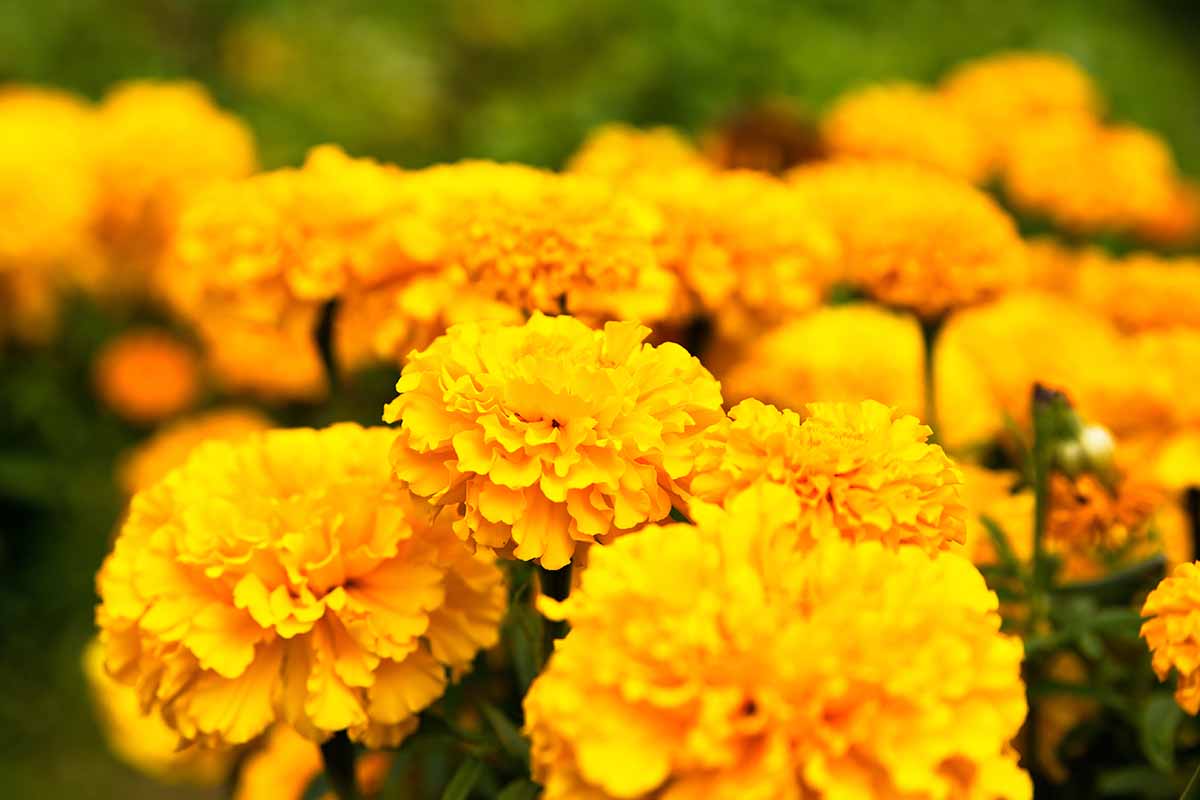
Are you growing marigolds? Have they failed to bloom? Let us know in the comments section below!
If you can’t get enough marigold goodness and you feel like this guide set you off on the right path to making yours thrive, you might find a few of our other guides helpful. Here are just a few to get you started:
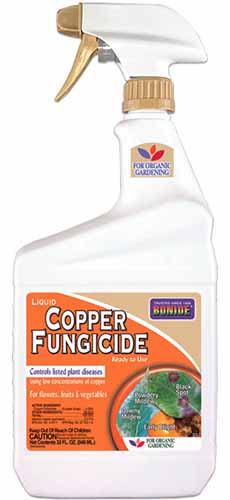



I planted marigold seeds in peat moss cups and transplanted them when they were about 4″ tall. Now they are over 2′ tall and have never bloomed. They are planted in different places in my yard and receive sun until around 6:00 pm in the evening. I have grown them for years and never had this happen. I have zinnias in the same beds with them and they are blooming beautifully. These are supposed to be the small marigolds according to my seed packet. Such a mystery!!
Hi Sharon, as you note, zinnias and marigolds like about the same amount of sun and they can both bloom even if they receive a little bit of shade during the day. I’m guessing light isn’t the problem. Since they’re in similar locations, you can probably eliminate watering issues, as well. Did you have a wet or cool spring? Marigolds don’t like wet, cool weather and it can delay blooming. I’m guessing you have an African cultivar based on the height and these do generally bloom later in the year, but they should at least have buds by now. If… Read more »
One of my marigolds has many buds but they don’t open the others within a foot or so are doing great.
The leaves show some dark purple coloring as well.
Hi Alfrede, let me ask you a few questions to help narrow down the cause. First, are all plants in the same amount of sun exposure? The other plants aren’t crowing out the underperformer? Or is it receiving extra sun? Are they all the same cultivar/type? Have you been feeding the plants at all? Marigold leaves turn purple due to many different stressors, so it would help to know the growing environment.